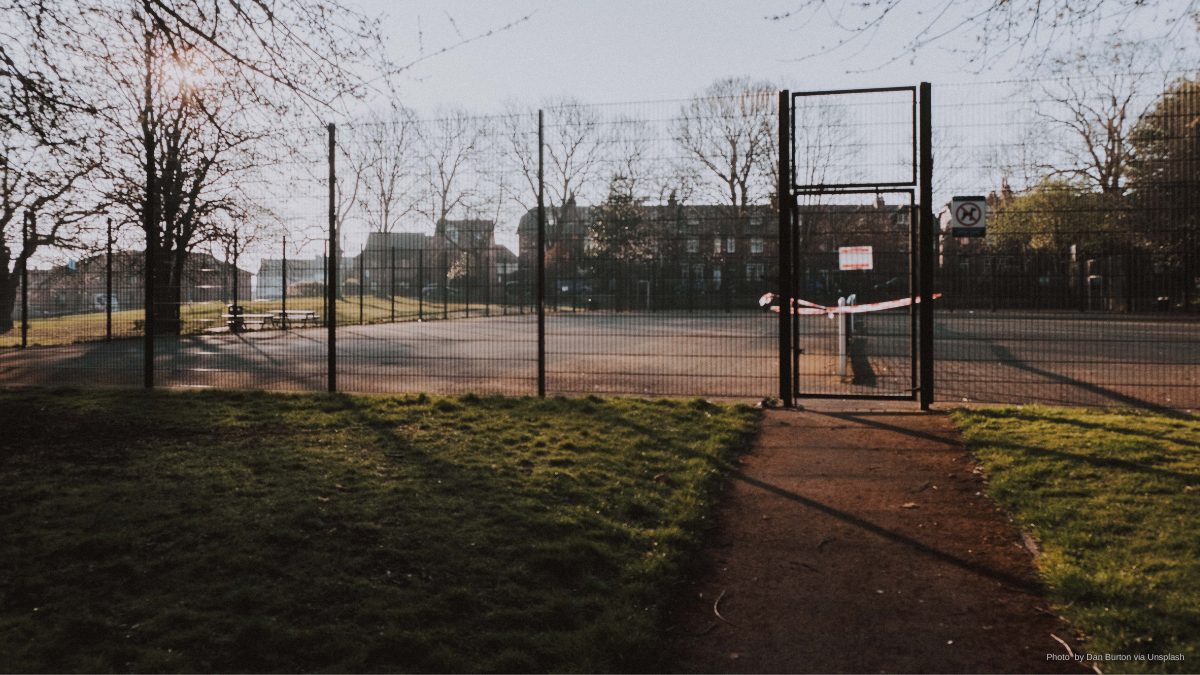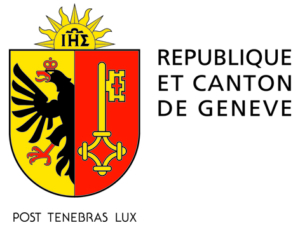REFLECTIONS ABOUT THE MIDDLE PATH
By Dr David Nabarro and John Atkinson. This article was originally published by the Guardian on 15 November 2020. Read the original article here: https://www.theguardian.com/commentisfree/2020/nov/15/better-smarter-local-response-systems-are-the-only-way-to-avoid-further-lockdowns
Covid-19 is surging back, threatening to overrun hospitals, cause long-term illness and more deaths. The disease will be with us for the foreseeable future. Unless it is contained, there will be more misery and the increased risk of serious social disruption.
In many countries, containment strategies involve restrictions on people’s movements and lockdowns. These have serious economic and social consequences and should be applied sparingly.
But how can we avoid another rise in cases when the current lockdowns end? And how can further lockdowns be avoided next year? Assuming the positive news about vaccine development is sustained, efforts will be made to ensure that those most at risk can access a vaccine in 2021, but it will be some months before vaccination programmes will slow the spread of infection. In the meantime, all nations in western Europe – including the UK – need to be sure that they have better-functioning and resilient localised Covid-19 response systems. Implementing these systems should reduce the need for a third period of restrictions early in 2021.
Here, we offer a plan that would enable societies to defend themselves, while maintaining public confidence and sustaining economies.
1
Involve people everywhere. It might seem self-evident, but success happens when more people do more of the right things more of the time. In shops, schools, universities and workplaces, millions of people are figuring out how to stay safe. They are creating “Covid-ready” environments. They are ensuring good hygiene, physical distancing, mask-wearing, and self-isolating when sick. They are also paying special attention to those who, because of age, occupation, vulnerabilities or living conditions, are at high risk. This is the heart of the response.
2
Earn people’s trust through honesty, authenticity and consistency. Unambiguous messaging must be delivered to all in meaningful language. Ensure that everyone appreciates the need for all-round compliance and understands what has to be done and when. Respect people and gain their trust. Do not apologise. Be clear on the rationale for restrictions and rules for isolation.
3
Ensure communities are supported through nationwide networks. The ability of societies to keep Covid-19 at bay depends on the quality of connections between people, the extent to which they are supported and local capacity. People at risk of or affected by Covid-19 should know where to go to for assistance. They depend on existing community organisations for support. For such support to be available and meaningful, community organisations need to be linked and the support on offer must be explicit. The honeycomb of links between community groups should be activated everywhere without delay.
4
Develop public health capability to interrupt transmission. Local public health teams are the experts in investigating outbreaks, tracing contacts and interrupting chains of transmission. Their actions stop spikes, clusters and surges of infection running out of control. Teams need to be led by public health specialists with the full involvement of GPs and pharmacists. They should be adequately funded and regularly updated on evolving knowledge.
5
Suppress outbreaks through integrated incident response teams at local level. As disease outbreaks build up, they must be suppressed rapidly and robustly. Efficient leaders must engage faith groups, businesses, the hospitality sector, public health, schools, colleges, universities, sports clubs, the media, police, hospital services and more. Advertisement
Each group becomes an integral part of the response team that is activated as needed, meets frequently and agrees on direction and actions. Response team members inform their constituencies and communicate with national agencies. Teams will usually be led from local authorities under chief executive oversight.
6
Ensure the resources and powers of national government are used where most valuable. Responders are dealing with unprecedented challenges. They need high-quality, up-to-date and immediate information on key events. National resources, eg around testing for Covid-19 and contact-tracing, need to be put in service of the local need. Legislation may be required to support enforcement. Proper funding must be allocated to ensure that those who are sick, shielding or on furlough do not lose out.
7
Connect all the elements and ensure the system works: people, communications, community-based support, professional capability, integrated incident teams and supportive national authorities should not be thought of as separate. Communication, mutual support, finance and regulation are critical to the success of every element. For the response system to function effectively, all of its parts must be connected. Good and trusting relationships between them are key to success. Covid-19 will exploit any gaps or weaknesses in the system.
We all play our part in making all this happen. People’s health and local economies are intimately connected. Covid-19 is not seen as a problem for “someone else”; we recognise that all of us must adapt and evolve. Containing Covid-19 will give us all the confidence to take on other challenges, which will augur well for future generations.
Do it without delay. A further lockdown may be essential when the disease is surging strongly. Without one, it may spiral out of control. But because lockdowns are damaging, Covid-19 must be contained differently. This means setting up strong, community defences and implementing responses rapidly, robustly and with compassion. Well-functioning defences keep case numbers low. That is why it is urgent to establish them everywhere. The time for action is now.


Leave a Reply
Want to join the discussion?Feel free to contribute!